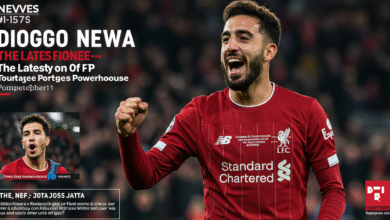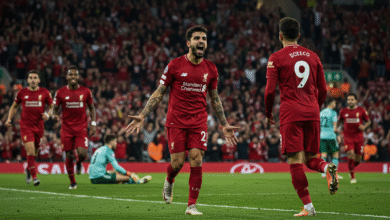Live Updates: Pakistan-India escalation

Origins of the Escalation
On April 22, 2025, a devastating terrorist attack occurred in Pahalgam, Indian-administered Kashmir, resulting in the deaths of 27 individuals, including 25 Hindu tourists, a Christian tourist, and a local Muslim. The Resistance Front (TRF), an offshoot of the Pakistan-based Lashkar-e-Taiba, claimed responsibility. India accused Pakistan of supporting the perpetrators, leading to heightened tensions and military posturing along the Line of Control (LoC).You know about theglobespot, andaazdaily, openrendz and India-Pakistan Escalation 2025 also Buzzfeed. WikipediaWikipedia+3Wikipedia+3Wikipedia+3
Military Engagements and Operations
Operation Sindoor
On May 7, 2025, India launched “Operation Sindoor,” targeting alleged terrorist infrastructure in Pakistan-administered Kashmir and Pakistan’s Punjab province. The operation involved 14 attacks over 23 minutes, utilizing Rafale aircraft equipped with SCALP missiles and AASM Hammer bombs. Targets included locations in Bahawalpur and Muridke, believed to be hubs for Jaish-e-Mohammed and Lashkar-e-Taiba. Wikipedia+1Wikipedia+1
Aerial Dogfights
The conflict saw significant air engagements, with reports of over 125 Indian and Pakistani fighter jets involved in dogfights on May 7. India reportedly lost several aircraft, including Rafale jets, while Pakistan claimed the downing of multiple Indian drones and aircraft using Chinese-made J-10C jets and possibly Chinese missiles. WikipediaWikipedia+2AP News+2Wikipedia+2
Technological Aspects of the Conflict
The escalation highlighted the use of advanced military technology:AP News
-
Drones and UAVs: Both nations employed drones for reconnaissance and offensive operations. Pakistan claimed to have shot down over two dozen Indian drones, including Israeli-made HAROP drones. AP News+2Business Insider+2theaustralian+2
-
Missile Systems: India utilized its S-400 missile defense system to intercept incoming threats, marking its first combat use. Wikipedia+1Wikipedia+1
-
Cyber and Electronic Warfare: While not extensively reported, the use of electronic warfare and cyber operations is a growing concern in modern conflicts, potentially impacting communication and defense systems.
Diplomatic and International Reactions
The international community expressed deep concern over the escalation:The Scottish Sun+2theaustralian+2Business Insider+2
-
United Nations: Called for maximum restraint and urged both nations to resolve issues diplomatically. Wikipedia
-
Gulf States: Countries like Saudi Arabia and Iran offered to mediate, emphasizing the importance of regional stability. Time
-
United States and Russia: Issued travel advisories and called for de-escalation, highlighting the global implications of the conflict. Wikipedia
Humanitarian Impact
The conflict has had severe humanitarian consequences:
-
Casualties: Reports indicate at least 48 deaths—32 in Pakistan and 16 in India—marking the worst military escalation in two decades. theaustralian
-
Displacement: The violence has led to the displacement of civilians along the LoC, with many seeking refuge in safer areas.
-
Infrastructure Damage: Cross-border shelling and airstrikes have damaged homes, schools, and hospitals, exacerbating the humanitarian crisis.
Conclusion
The 2025 India-Pakistan escalation underscores the fragility of peace in the region and the potential for rapid deterioration into large-scale conflict. The involvement of advanced military technology and the complex web of international alliances further complicate the situation. Sustained diplomatic efforts, confidence-building measures, and adherence to international norms are essential to prevent future escalations and ensure regional stability.



